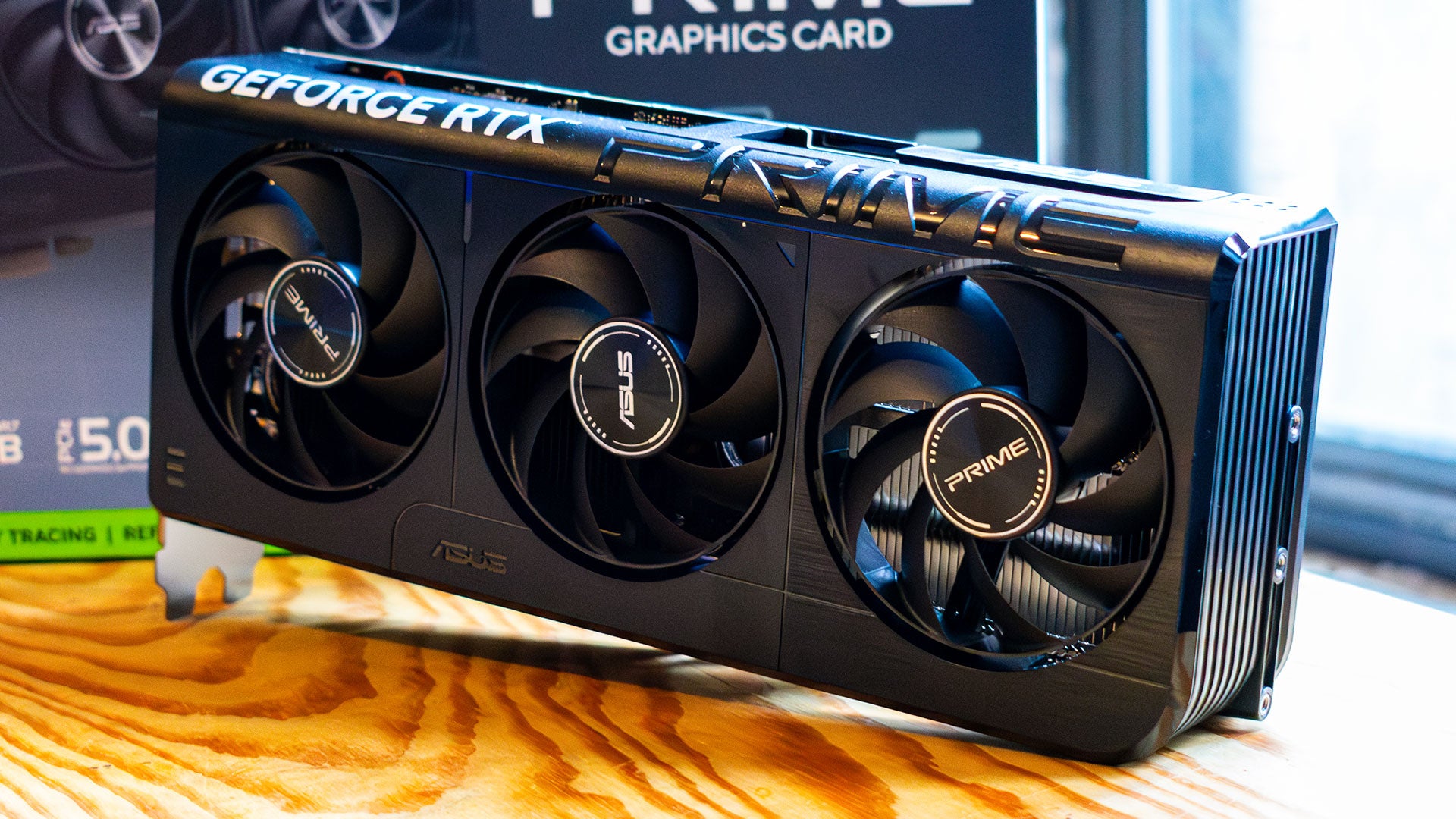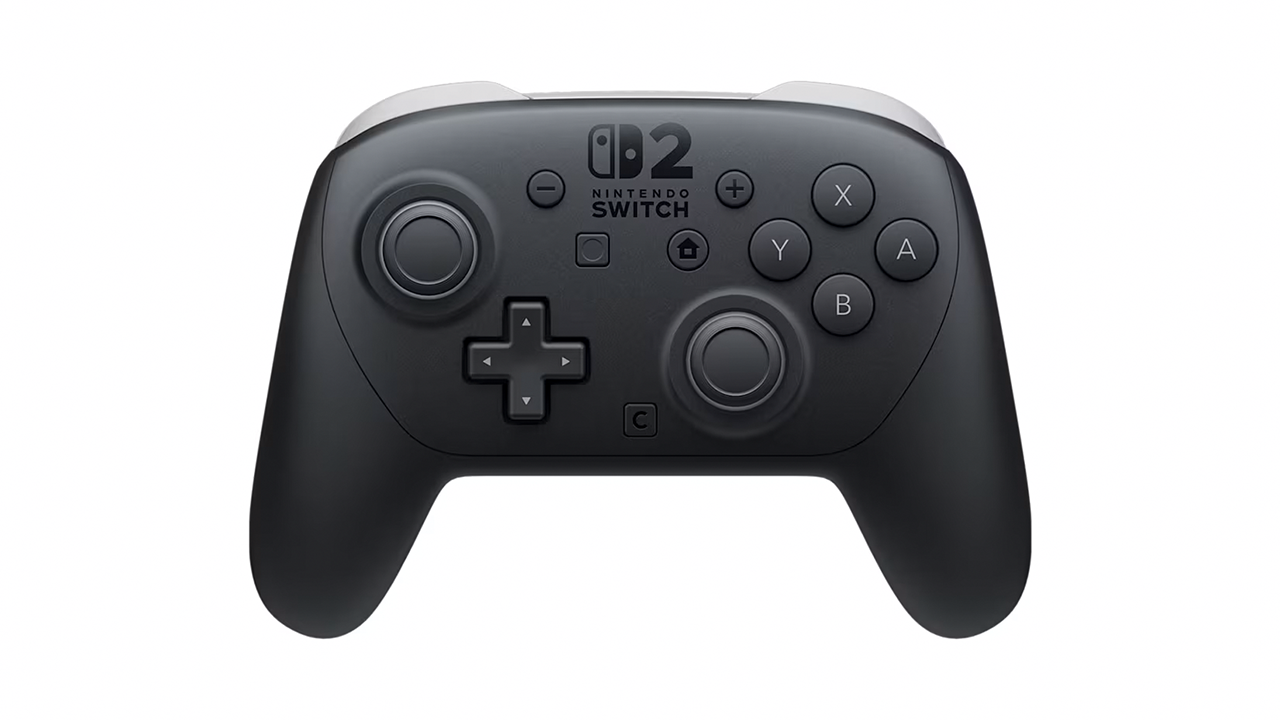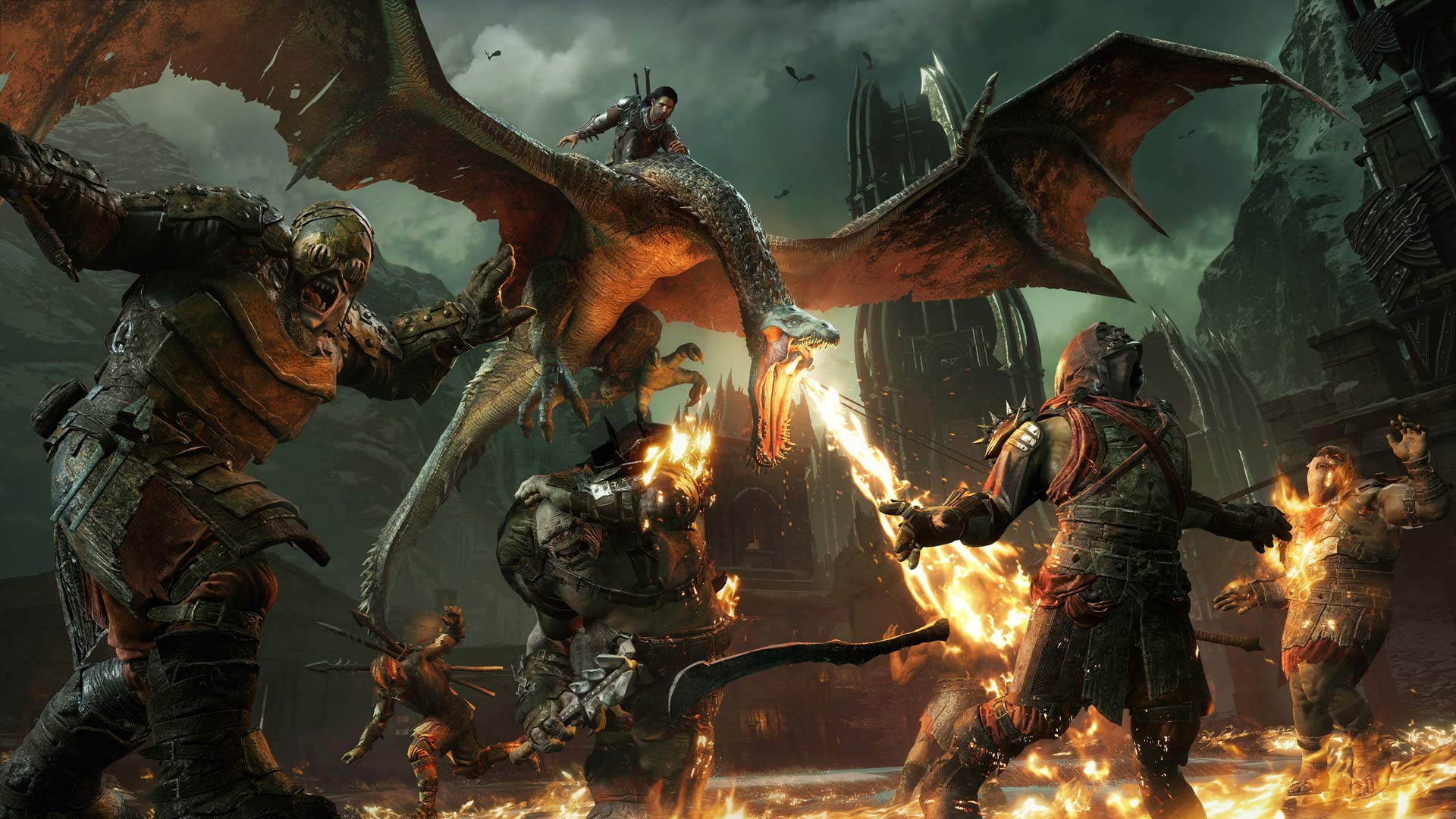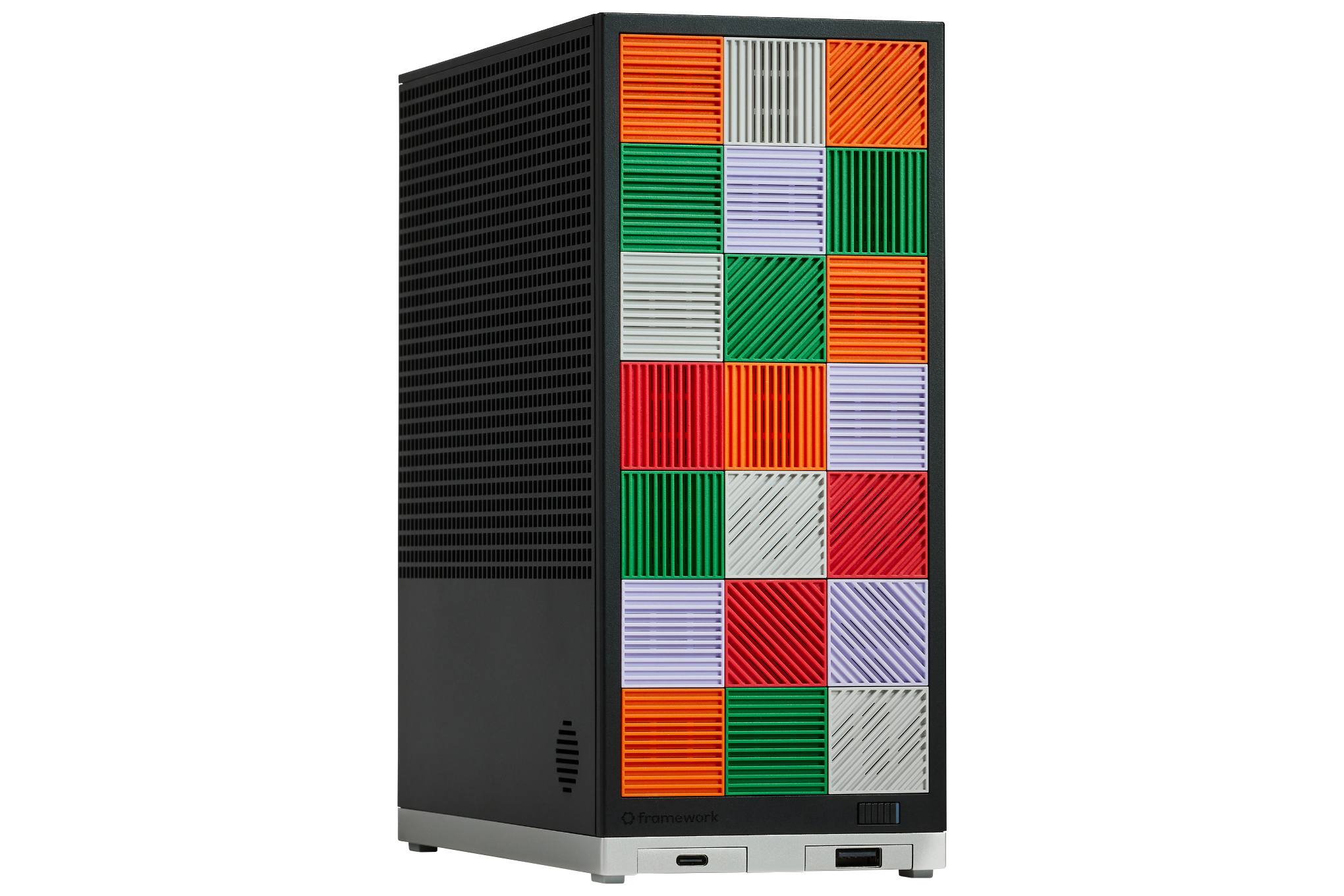
Nvidia Blackwell has been a wild ride. Since debuting in January 2025 with the RTX 5090, Nvidia has launched an entire line of graphics cards much sooner than it usually does. Normally, it’d be a full year or so before the RTX 5060 came out, but it was just over five months. It was a controversial release too, as Nvidia didn’t have a pre-launch review cycle, at least not unless you were willing to agree to some testing stipulations. And I wasn’t.
So, while the Nvidia GeForce RTX 5060 has been out for a little over a month, I was finally able to get the Asus Prime model tested this week – and the results have been unsurprising. Just like the rest of the RTX 5000 lineup, the RTX 5060 has modest improvements over its predecessor when it comes to raw gaming performance, but Nvidia is hoping its DLSS 4 AI suite will take it over the edge.
Specs and Features
Just like the RTX 5060 Ti that preceded it, the RTX 5060 is built on the Blackwell architecture. This is the same architecture that’s powering most of the supercomputers behind most major AI apps, but obviously scaled way down. In fact, this GPU has just 3,840 CUDA cores across 30 SMs, or Streaming Multiprocessors. That does give this Nvidia graphics card a bit more silicon than its predecessor, the RTX 4060, which only had 3,072 CUDA cores.
However, the RTX 5060’s black eye is its measly 8GB of GDDR7 VRAM. To be fair, this is a graphics card meant for 1080p and maybe 1440p, but 8GB is cutting it close even at lower resolutions in games like Monster Hunter Wilds. Intel was able to fit 12GB in its less expensive Arc B580, so it doesn’t make much sense to make this concession here.
The RTX 5060 does support the full DLSS 4 software suite, though, including Multi-Frame Generation, or MFG. This feature iterates on the frame gen introduced with the RTX 4090, and uses a new AI Management Processor, or AMP, placed on the GPU to allow it to generate multiple frames off of each rendered frame without introducing too much in the way of frame pacing issues. Of course, the same caveats apply. If you enable this feature with a low frame rate, you’ll still get more frames, but at the cost of visual artifacts and latency. Instead, it’s best to leave MFG alone unless you’re already getting 45-60 fps.
Instead, the more important new DLSS 4 feature for the RTX 5060 is something that’s available on most RTX graphics cards – the new Transformer model. This replaces the old CNN, or Convolutional Neural Network, and is able to produce much cleaner upscaled images than older versions of DLSS. In my testing with the RTX 5090, I ran Cyberpunk 2077 with DLSS set to performance mode with the CNN model and the Transformer model, and didn’t notice a discernable difference in performance. I didn’t re-do that testing for the RTX 5060, but I would expect similar results.
Just like its big sibling, the RTX 5060 Ti, Nvidia isn’t selling a Founders Edition for this graphics card. Instead, the only RTX 5060s out there will be built by third-party manufacturers like this one from Asus.
Asus sent me its Prime RTX 5060 for review, and it’s much larger than it probably needs to be. This is a triple-fan design, with a 2.5-slot profile, making it a bit harder to fit in smaller cases. However, that large cooler does help, with the 5060 only ever reaching 69°C throughout my testing. That matches the results I got from the RTX 4060 in the same test suite, despite the newer card consuming more power.
Unlike some of the higher-end RTX 5000 graphics cards, this version of the RTX 5060 is powered by a simple 8-pin PCIe cable, rather than the weird 12VHPWR connector used on the RTX 5080 and 5090. This means less cable clutter in your case, especially if you have an older power supply that doesn’t natively support the new connector.
Performance
At its core, the Nvidia GeForce RTX 5060 is just another 1080p graphics card, and for the most part it does a fine job, though you will have to turn down the settings in some of the most demanding games. Thanks in large part to the limited VRAM budget, the RTX 5060 struggles in games like Assassin’s Creed Shadows, where the relatively weaker Intel Arc B580 outshines it.
Even comparing it with the RTX 4060, which also featured only 8GB of VRAM, I found that the RTX 5060 was on average just 15% faster – and that number drops to 13% when I eliminate 3DMark from the results. It’s the same trend I’ve seen across the rest of the Blackwell lineup: Without frame generation, the RTX 5060 doesn’t provide a huge improvement over its predecessor. But hey, at least it finally beats the RTX 3060 Ti, which is something the 4060 notoriously failed to do.
3DMark is usually the first thing I test on a new graphics card, as it gives a kind of “best case scenario” look at its performance. In the Speed Way test, which is a standard DirectX 12 test with ray tracing, the RTX 5060 beat its predecessor by 23% with a score of 3,458 points. Then in Steel Nomad, which tests DirectX 12 without ray tracing, the RTX 5060 enjoyed a larger 25% lead with a score of 3,149 points to the RTX 4060’s 2,660 points.
Testing Nvidia cards in Call of Duty: Black Ops 6 is something you have to take with a bit of a grain of salt, as it’s a game that’s been optimized primarily for AMD hardware. Still, though, the RTX 5060 manages an average 100 fps at 1080p, compared to 96 fps from the RTX 4060 with the same settings. But, of course, the Radeon RX 9060 XT enjoys a huge win with its 141 fps at the same settings – though that’s with the 16GB version.
The opposite is true in Cyberpunk 2077, where Nvidia cards typically enjoy a performance advantage, though it has been shrinking in recent generations. Here, the RTX 5060 gets an average of 71 fps at 1080p with the Ray Tracing Ultra preset and DLSS set to ‘Quality’. However, with the same settings, the RTX 4060 gets 65 fps, making for a small 8.4% performance lead in the 5060’s favor.
I test Metro Exodus without any kind of upscaling, simply because it only supports DLSS, which isn’t supported on non-Nvidia cards. It makes the test a good glimpse into how hard ray tracing hits the GPU, and, well, it hits the RTX 5060 pretty hard. In this game at 1080p, the 5060 only manages 54 fps, though that is up from 43 fps on the RTX 4060. However, turn on DLSS, and you should see that frame rate jump back up above 60 fps.
And while Red Dead Redemption 2 is getting old, it is still one of the biggest games on the market that runs Vulkan, so it’s still a valuable test. And, with all the settings maxed at 1080p, the RTX 5060 gets 87 fps, though that’s a tiny increase from the 4060’s 84 fps in the same test.
Total War: Warhammer 3 is a fun little game to test, because it doesn’t support any kind of ray tracing or upscaling, giving a clear picture of pure rasterized performance. The RTX 5060 kind of surprised me here, too: at 1080p Ultra settings it gets 131 fps, compared to just 88 fps from the RTX 4060. This is definitely an outlier, though, making for a 32% improvement.
The RTX 5060 really struggles in Assassin’s Creed Shadows, though. At 1080p, the RTX 5060 gets just 33 fps, compared to 34 fps from the RTX 4060. That’s within the margin of error and not a great look for the newer card. Though, turning down ray tracing here would drastically improve performance. This is also a game that shines on AMD hardware, as the Radeon RX 9060 XT gets 45 fps here, a huge improvement, but still short of the magic 60 fps.
Finally, in Black Myth Wukong, the RTX 5060 hits an average of 48 fps at 1080p with the Cinematic preset. That’s also short of 60 fps, but it is a good 19% improvement over the RTX 4060, which only manages 39 fps with the same settings. This is another game where you’re going to want to turn down the settings.
Jackie Thomas is the Hardware and Buying Guides Editor at IGN and the PC components queen. You can follow her @Jackiecobra















